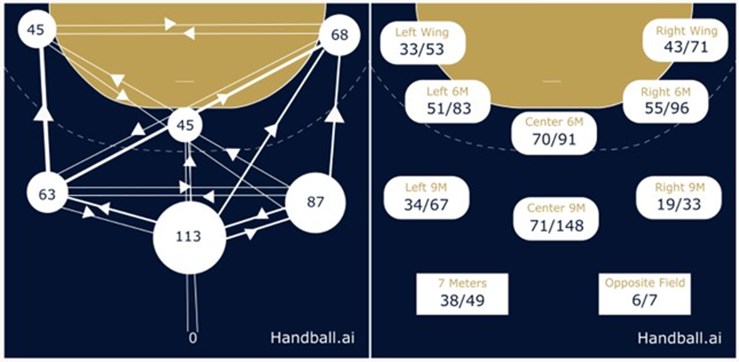One of the biggest surprises of the EHF Champions League Women play-offs was FTC-Rail Cargo Hungaria. This may seem unexpected, not due to the team's exceptional quality, but because of their start to the season. FTC changed their coach at the end of the previous season when Dane Martin Albertsen took over from Gabor Elek, only to be succeeded by the assistant coach Allan Heine after Albertsen resigned.
The season started with five matches without a win in the first five EHF Champions League games against Team Esbjerg, CS Rapid Bucuresti, Krim Mercator, Vipers Kristiansand and Metz Handball.
However, as of round 6 the team found its footing with four victories in five consecutive matches and a more consistent strategy.
Then came the showdown against Brest Bretagne Handball in the play-offs. The French team arrived with formidable power and confidence, boasting over 21 games undefeated (between the French league and EHF Champions League). They faced off against the Hungarian squad on their home soil, resulting in a promising 28:30 scoreline in favour of the French team.
What unfolded next caught everyone off guard. FTC pulled off a remarkable five-goal (31:26) victory in France against Brest, securing the passage to the quarter-finals. This game was one of the best performances for the Hungarian team, achieving over 70 per cent shooting efficiency (the second-best of the season, 72 per cent, was the best against Ikast Handbold) and 64 per cent possession efficiency (the season's best).
Now, let's delve into the game system and shooting positions of FTC-Rail Cargo Hungaria.
Game style

There are two distinct types of back players on this team. On one side, there is left back Emily Bölk, who excels in setting up opportunities for both the left and right wings, while also boasting a powerful shot from nine metres with a commendable 50 per cent efficiency, converting 34 out of 67 attempts. On the other hand, we have the right back players, who contribute fewer goals from nine-metre shooting positions (19 goals), but make up for it with more goals from transitions and closer to the six-metre line.
One interesting fact, no assist comes from the goalkeeper, indicating that the Hungarian club do not search for a fast transition directly from a pass from their goalkeepers.
One intriguing aspect is the remarkable activity from the centre nine-metre position, ranking among the highest in the EHF Champions League Women. Despite the high volume of attempts (148), there is nearly a 50 per cent efficiency rate. This can be attributed to the threat posed by players like Bölk, Katrin Klujber, and Andrea Lekic, who not only seek shooting opportunities from the nine-metre range but also capitalise on chances near the six-metre centre position.
Performance during the Champions League season
After a meticulous review of FTC’s 15 games so far this year, three key performance indicators (KPIs) have emerged as pivotal in determining their victories and defeats. These factors revolve around lost ball efficiency, pace and percentage efficiency of the possessions, and shooting efficiency.
The team's pace, averaging at 55.5 possessions per game, is on par with other Champions League teams. However, it is not just about running relentlessly or slowing down the pace. Finding the right balance is key: controlling the game's rhythm is vital for FTC's success.
One common factor, if FTC ends with more than 57 per cent possession in goal, they have never lost the game in the Champions League. In one game, against CS Rapid Bucuresti, they won with a 55 per cent shooting efficiency, but low possessions. That indicates the pace of the team is not a key factor, but the way that they finish the possessions is crucial.
This has a lot to do with the shooting efficiency that plays a pivotal role, ideally above 60 per cent. A drop below 55 per cent often correlates with losses. Defensively, opponents need to apply pressure to FTC's top players (Bölk, Klujber and Lekic mainly) and deny them easy shooting opportunities to stand a chance against the Hungarian side.
However, another way to finish possessions is the percentage of lost balls. For FTC, maintaining a lower percentage of lost balls – typically below 16 per cent – is crucial for securing victories. Beyond this threshold, the team tends to struggle, highlighting the importance of ball retention in their gameplay.
In essence, FTC’s victories hinge on efficient ball retention, a dynamic playing style with a balanced pace, and precise shooting. Teams facing them could enhance their chances by reducing possessions and disrupting FTC's rhythm. Opting for a slower-paced approach might disrupt their flow and limit scoring opportunities.
FTC’s top players

Within FTC’s top four players – Klujber, Lekic, Bölk and Angela Malestein – who collectively account for over 68 per cent of the team's goals, there is a notable concentration of offensive prowess. Additionally, these players are responsible for an impressive 81 per cent of the team's total assists, with Bölk leading the pack with more than 37 per cent of the assists.
Interestingly, they also manage 65 per cent of the team's total lost balls, suggesting their involvement across various aspects of the game. Over the past 15 games in a total of 900 minutes of play, Bölk and Malestein have consistently been engaged in both attack and defence, spending over 77 per cent of their time on the court in these roles. Undoubtedly, these four players emerge as the cornerstone of FTC’s offensive firepower.
With FTC now riding a wave of confidence ahead of the quarter-final against Team Esbjerg, it will be fascinating to see if they can produce another remarkable performance and break back into the EHF FINAL4.
Data provided by handball.ai and analysed by Manel Cirac, handball.ai and handball coach in the German women's second national division (2. Bundesliga)
Photo © Szilvia Micheller








